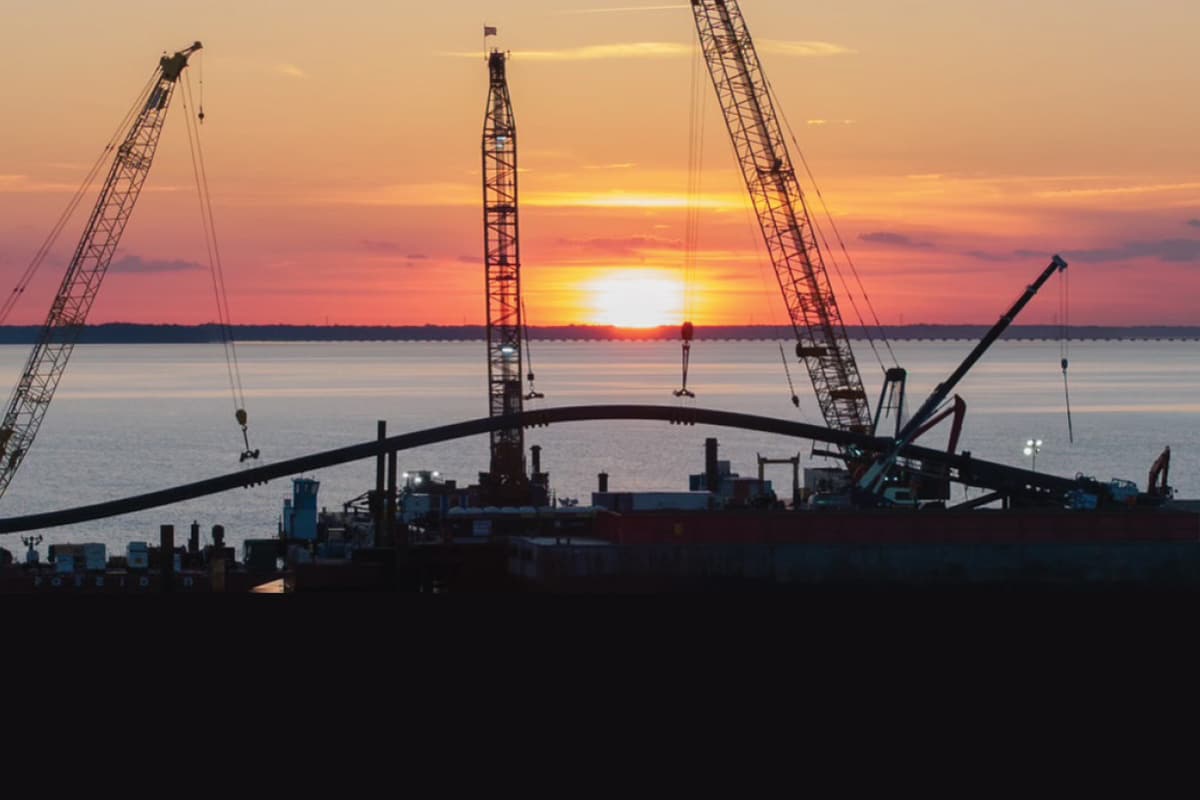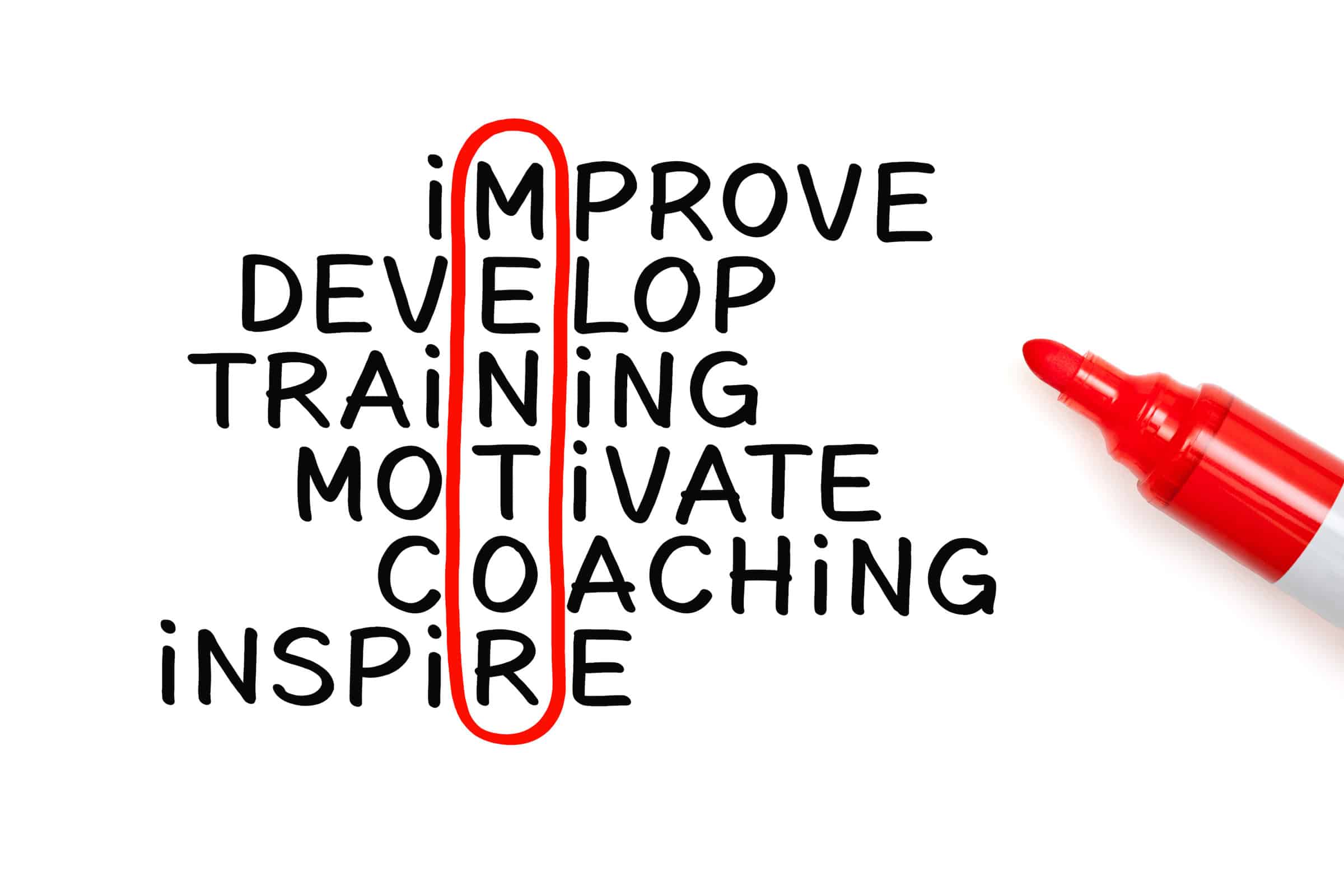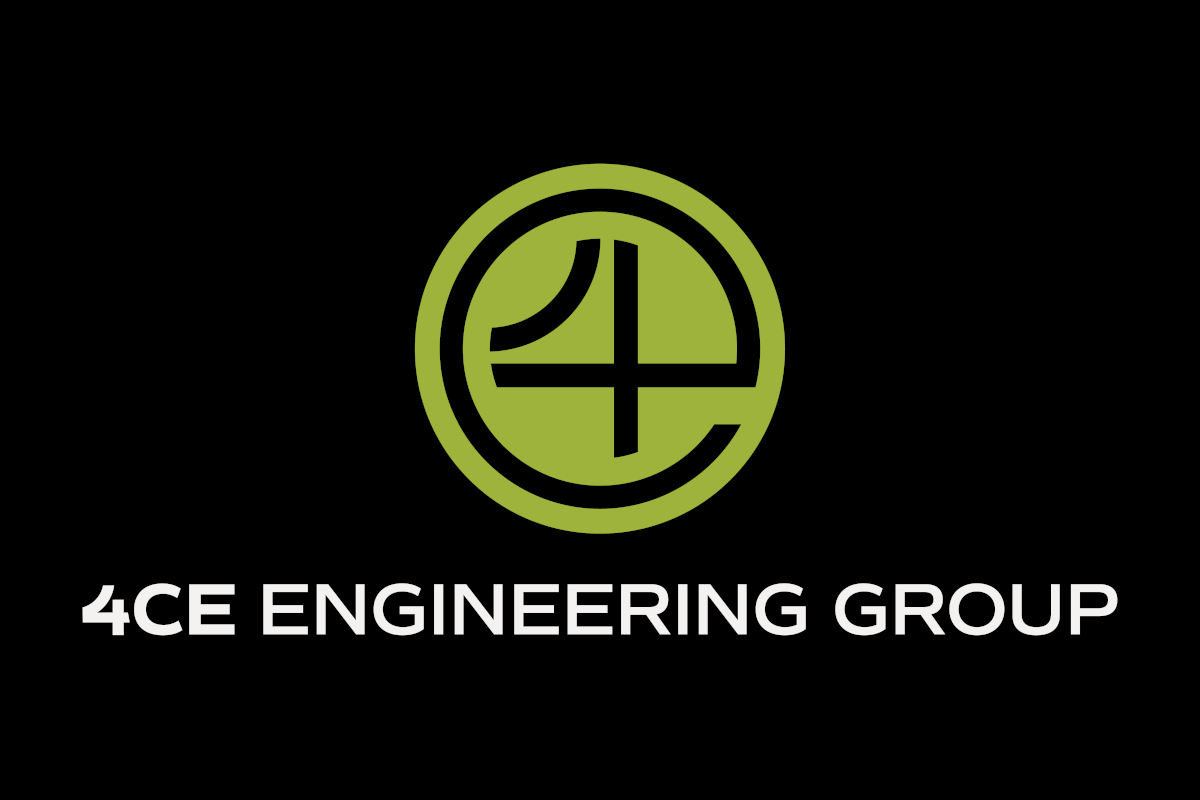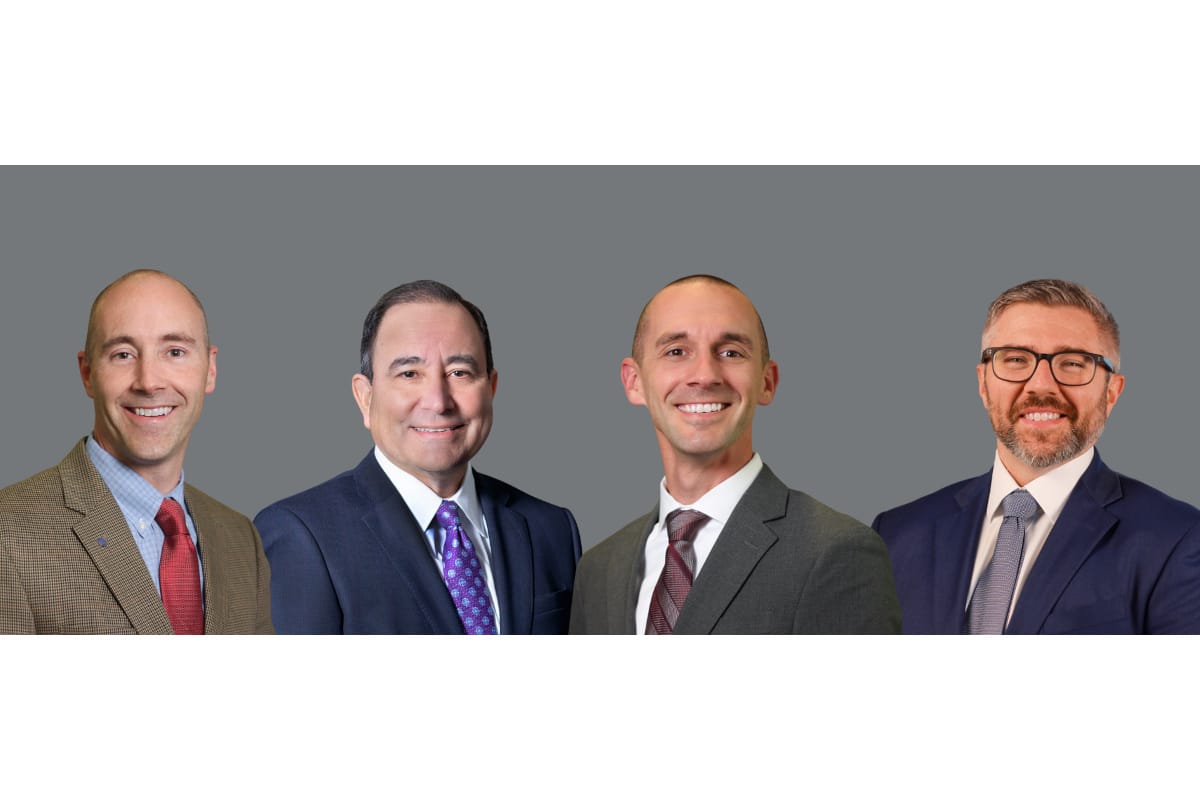
Trenchless Engineering Q and A 2015
January 4, 2016
What is an engineer?
From the website of that bears the name of that question, it tells us this: Engineering combines the fields of science and math to solve real world problems that improve the world around us. What really distinguishes an engineer is their ability to implement ideas in a cost-effective and practical approach. This ability to take a thought, or abstract idea, and translate it into reality is what separates an engineer from other fields of science and mathematics.
Trenchless engineers are an invaluable and important facet to the success of any trenchless project. When trenchless technology was in its infancy, finding a trenchless engineer wasn’t the easiest task. Many in the engineering field were skeptical and resistant to explore this new technology. As the trenchless processes matured, that skepticism has been replaced with the acceptance and realization that these methods and technologies are the cornerstone of addressing much of our underground infrastructure’s growing needs.
From design-build contracts to keeping up with the latest technologies, we asked leading trenchless engineers their thoughts on the ever-growing world of trenchless technology. Those participating in our Q &A are:
• John T. Lucey Jr., P.E.,president and CEO of McKim & Creed Inc.
• Steven R. Kramer, P.E. FASCE, vice president/director of tunneling and trenchless technology at AECOM
• Timothy W. Wolfe, P.E., BCEE, vice president, environmental discipline at KCI Technologies Inc.
• Cindy Preuss, P.E., principal, HydroScience Engineers Inc.
• Cathy Morley, BSc(Eng), DipAIT, senior project manager, RJN Group
• Michael Young, P.E., principal at RJN Group
The use of design-build contracts is increasingly becoming a common option for engineers these days. How does this method affect the relationship between the consultant and the owner or the consultant and the contractor?
Lucey Jr.: The use of design-build by engineers and contractors who are experienced in the practice should improve project execution and, therefore, should improve the relationship between the engineer, contractor and owner. The traditional design-bid-build process tends to create more opportunity for adversarial relationships than the design-build process, which often leads to successful partnerships where engineer, contractor and owner work together to satisfy their mutual goals.
Wolfe: We definitely have seen an increase in the use of alternative delivery contracts, specifically design-builds, in the municipal market. One of the major changes that we have experienced is our relationships with the owner and contractor; the relationship has become more collaborative. The consultant and contractor are working together to provide the owner with a final product that meets the goals of the project. It is important that the consultant selects a contractor who they trust and who has a reputation for doing quality work.
Morley: It is obviously very prevalent on privately-funded projects. For public projects, it is most common if there is a tight schedule that needs to be met. For engineering companies with a desire to grow, it is critical to develop the skills and relationships to provide this service and our strong preference on design-build projects is for it to be engineer-led. A good relationship between the engineer and the contractor is critical for design-build. We prefer engineer-led because it puts both on a more equal footing. For contractor-led projects, if there is not a good relationship, the engineer may just get treated as if they are a minor subcontractor. It also certainly affects the relationship between the engineer and the owner. The engineer now has a financial benefit to side with the contractor. It is critical to properly set up the design-build contract and include a contingency amount that can be mutually approved for necessary changes. This together with open communication from the start of the project can maintain the necessary trust among all parties and ensure that the owner is getting a good product and the design-build team is profitable.
Liability is always a concern and engineering firms are cognizant of how it plays a role in contracts, as well as in dealing with the contractors.
Preuss: Liability is reduced via tailoring of the design project bid documents to meet a performance specification; prescriptive requirements associated with performance measures are superior to prescriptive requirements associated with detailing technological means and methods. The latter approach allows less flexibility in accommodating unexpected site conditions based upon the equipment, staffing and other proposed means and methods of construction utilized by a contractor. The more prescriptive the elements included with the bid package, the higher the likelihood of change orders and effort required to prepare alternative engineering designs to accommodate any unexpected conditions.
Kramer: Liability factors are a major consideration on all work that we perform. The potential risks and liability that we will be asked to undertake need to be considered in the context of the project and who we will be working for (owner or contractor). It is unreasonable for us to assume large amounts of potential liability that is inappropriate for the fees that will be paid. A careful evaluation of all types of risks needs to occur before we bid a project. This includes technical, commercial and third party risks. Alternative delivery projects wh AECOM is involved in finance and O&M sush as Ps’ do significantly change our liability and insurance measures.
Wolfe: For most of our design-build contracts, we are a sub-contractor/sub-consultant to the contractor. This approach limits our bonding responsibilities to the work we perform which typically is a small percentage of the overall contract value. Additionally, this tends to limit our professional and financial responsibility to the work we can control.
RELATED: 2015 Top 10 Trenchless Design Firms Notable Projects
Staying current with the latest technologies is important in any field. With the continuously competitive and growing trenchless market, knowing and understanding the latest technology is imperative. Taking advantage of networking opportunities at trade show, conferences at the national, regional and local levels are critical for firms to stay in step with the technology world’s latest and greatest.
Lucey Jr.: The underground utility industry is one of the fastest growing communities in the design and construction world. Networking through organizations, staying current with articles in trade publications and attending specialty conferences and trade shows help us stay abreast of changes in the marketplace. In addition, McKim & Creed has been involved in the development of several pilot-type projects that enable us to assess the viability of employing new technologies, equipment, methods and materials.
Kramer: Obviously it is important to attend industry conferences and read the various trenchless journals, but this is only the beginning. A lot of is gained by keeping regular communication with manufacturers, suppliers and other engineers. We also regularly partner with numerous universities on research projects, managing several research programs for the federal government involving disaster resilience of underground infrastructure where we are regularly explore issues affecting the trenchless marketplace and keeping an eye out for new technologies.
The next generation of trenchless engineers is in the workforce, pushing forward the use and design of trenchless methods. What about the next wave of trenchless engineers? Are there sufficient educational programs available for trenchless training as the trenchless market continues to expand?
Young: The economy is improving in general, so there are more opportunities for employees. We have found that a good training program, together with opportunities for advancement, are critical for employee retention. Our employees come from a mix of experienced staff through recruitment and new college graduates. With recent grads while, grades are important, a good internship experience can be even more valuable. Trenchless technologies are constantly changing and improving, so training on new technologies is essential for all involved. The best training on trenchless construction is “hands on” demonstrations provided by a contractor or supplier. Some progressive communities are also very proactive about letting us know when a new type of trenchless work is occurring. We then have the opportunity for our employees to see a real-life demonstration. Everyone in the industry needs to continue promoting these opportunities.
Preuss: Searching for good talent to supplement our current staff has been quite the challenge; this sentiment is pervasive in our industry as evidenced by discussions in industry forums where more trenchless projects rolling out through various public agencies require more staff to execute the projects — we all seem to be looking for higher level engineers that are few and far between. Our employees are often coming from other consultant firms where individuals hear of an opening with HydroScience and apply for the position in hopes of securing promotions, new working environments and/or locations and differing trenchless design projects from their day-to-day project work.
HydroScience has also explored retaining staff through recruitment specialists with a good understanding of the trenchless industry and a large database of contacts they may solicit. For training of younger staff, as well as supplementing the education of higher level staff, HydroScience has found that NASTT is the premier resource. We participate in hosted webinars both through NASTT and announced via Trenchless Technology online alerts.
Kramer: We are always seeking individuals that bring specialized skills that can help grow our trenchless practice. These individuals come from other engineering and consulting firms. We also seek out new graduates who have demonstrated interest in underground infrastructure. Today, there are both private organizations and universities that offer a range of trenchless training. We have come a long way from the days when only very limited programs where available. One positive shift is the number of specialized programs in topics like pipeline inspection, microtunneling and horizontal directional drilling. AECOM is committed to providing a strong technical track career path with our technical practice network offering young engineers an opportunity to gain expertise rapidly and build a lasting career working on marquis projects in a dynamic global enterprise. We recruit globally.
RELATED: 2015 Trenchless Technology Top 50 Trenchless Design Firms
Competition is healthy and when you have an industry such as trenchless technology that continues to grow in use, technology and acceptance, that competition becomes even stronger. For engineers, how does competition affect their practice?
Morley: As an engineering firm, the competition for design of trenchless projects does not affect our practice in direct competition. There are definitely more contractors available that offer a wide variety of techniques, but it is very regionally dependent. The availability of contractors that utilize newer technologies seems to travel inward from the coasts (depending on the origin of the technology, i.e., Europe, Japan, etc.).
Therefore, sometimes newer trenchless technologies are unavailable in the Midwest or available only through a single contractor. Regulating agencies can also impact the ability to take advantage of trenchless technologies as they may not allow a certain method to be used. For example, we have run into regulating agencies not approving pre-chlorinated pipe bursting for water main replacement.
Lucey Jr.: There will always be competition where opportunity exists. We have seen an increase in the number of contractors bidding on our trenchless projects, noting that many are fairly new to the industry. This has led to the need to develop a pre-qualification process some of our larger trenchless projects. As a company we care continuously improving our processes to take advantage of newer technologies to provide optimum value to our clients.
Preuss: We have found that the competition level is high for trenchless projects in general, although less-so for the multi-million dollar construction projects that often involve larger footages/diameters associated with new trenchless installations, and/or those projects that require more specialized trenchless design know-how. The larger and/or more complicated projects often have a reduced collection of consultants that feel confident competing for professional design services, often driven by the limited amount of subconsultants well-versed in providing the specialized support services needed to properly assess and design a project. Securing a specialized geotechnical subconsultant, for example, offers a reduced selection pool when building the right team for the right project. Such subconsulants are in high demand, and often are asked to be exclusive to one consultant team, which leaves the prime consultant that would otherwise compete on the project with limited options and less team experience critical to showing well by way of the qualifications requirements.
Smaller construction contracts requiring trenchless design (often rehabilitation projects) are more competitive. Examples are pipe bursting, sliplining, and CIPP lining projects. These projects require technological experience that is more common in our industry, affording ample competition to the consultants interested in proposing.
Kramer: Most of the major engineering firms now have one or more individuals with expertise in trenchless technology. To differentiate today, you must have more than just technical expertise. Owners expect that you understand their specific issues and come with tailored solutions to their problems. As with the growth of NASTT regions, the tailored solutions include increasing need for local practitioners conversant and advocating sound trenchless solutions.
RELATED: Trenchless Technology Magazine Announces Its 2015 Top 50 Trenchless Design Firms
Sharon M. Bueno is managing editor of Trenchless Technology.










